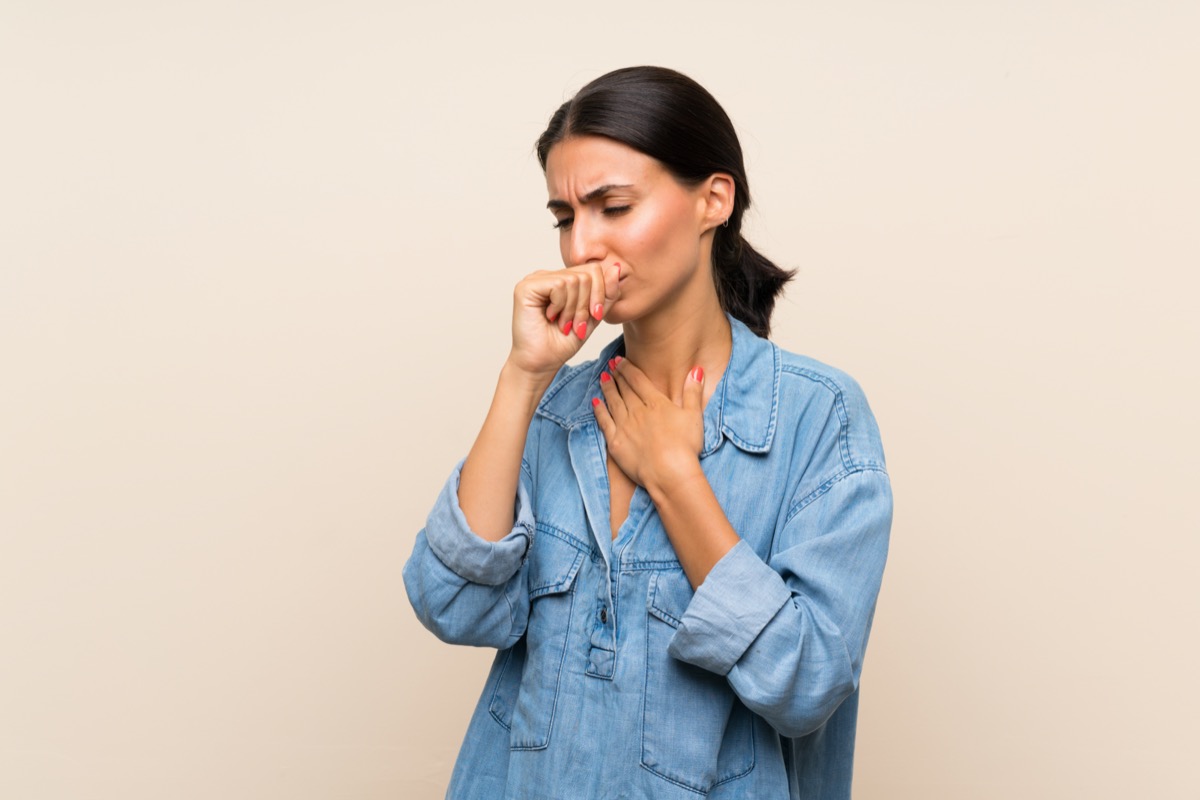On July 22, the CDC updated its guidelines to indicate that most people with COVID-19 can end isolation 10 days after they first show symptoms. However, this is only as long as the person’s symptoms have seemingly improved, and they have not had a fever for at least 24 consecutive hours without using fever-reducing medicine. Previously, the CDC had recommended that people who test positive isolate until they had two negative COVID tests, a difficult task amid testing shortages, The Washington Post notes. The CDC also now instructs those without symptoms who have the virus to self-isolate for 10 days after their first positive coronavirus test. Isolation guidelines are for those who test positive for COVID. The term “quarantine,” on the other hand, is used for anyone who’s been in contact with an infected person, but is not confirmed to have COVID. For those people, the CDC recommends a 14-day quarantine. RELATED: For more up-to-date information, sign up for our daily newsletter. According to the CDC, their recommendation is based on the timeframe for which someone remains infectious and can spread the virus to other people. The infectious period declines after the onset of symptoms, and “patients with mild to moderate COVID-19” typically don’t remain infectious 10 days after their first symptoms, the CDC says.ae0fcc31ae342fd3a1346ebb1f342fcb However, the agency does note that there can be exceptions, particularly among those with severe COVID and immunocompromised patients. “A limited number of persons with severe illness may produce replication-competent virus beyond 10 days that may warrant extending duration of isolation and precautions for up to 20 days after symptom onset,” the report states. But this doesn’t mean complications, long-lasting symptoms, or virus detection cannot be found 10 days after symptom onset. In fact, the CDC notes that recovered COVID-19 patients can still “shed detectable SARS-CoV-2 RNA in upper respiratory specimens” up to three months after their illness started. However, the virus concentrations in shedded particles are lower—meaning “infectiousness is unlikely,” the CDC says. A CDC report from July 10 highlights the importance of self-isolation, estimating that 50 percent of coronavirus transmission occurs in the period of time when someone is pre-symptomatic. After all, it can take anywhere from two to 14 days for symptoms to develop after you’ve become infected. That’s why the CDC recommends that you quarantine for 14 days if you have been exposed to someone who has COVID-19. And for more CDC recommendations, check out 50 Essential COVID Safety Tips the CDC Wants You to Know.
